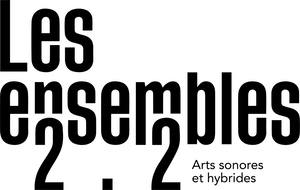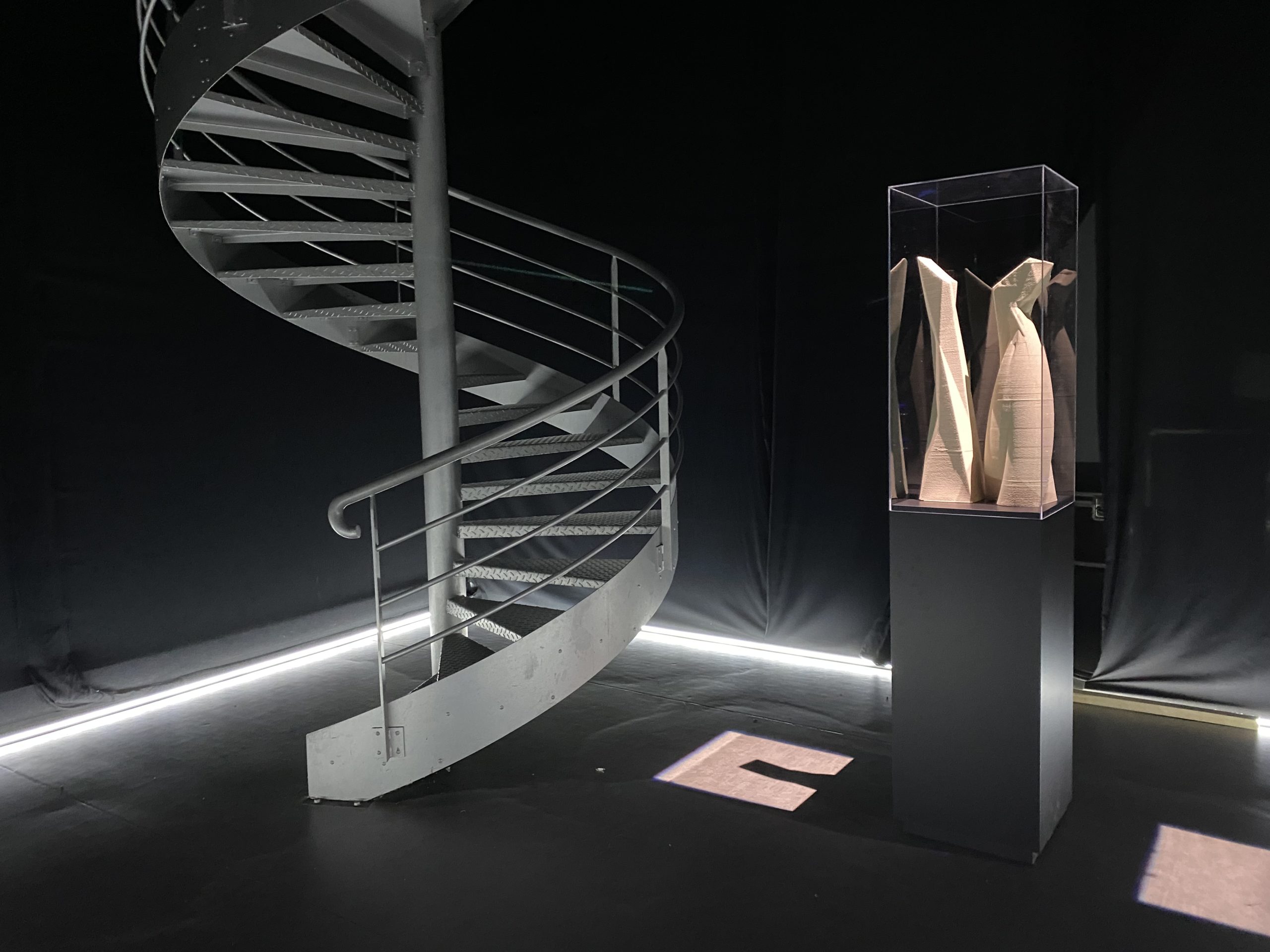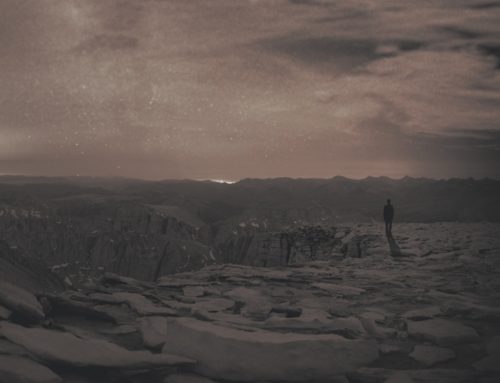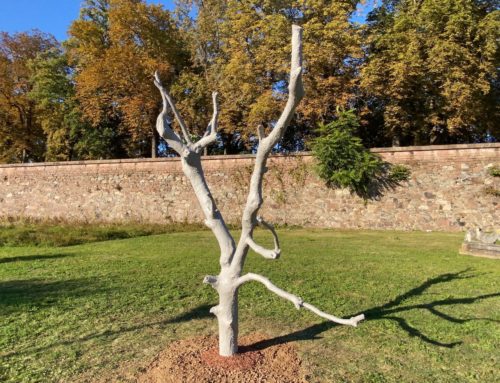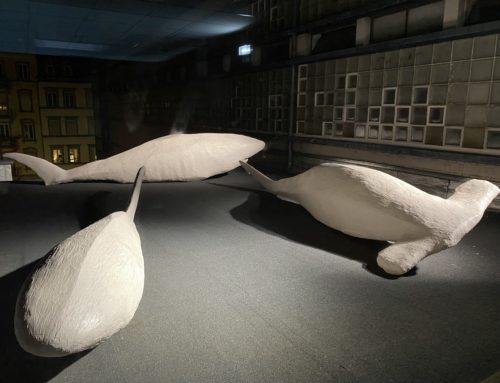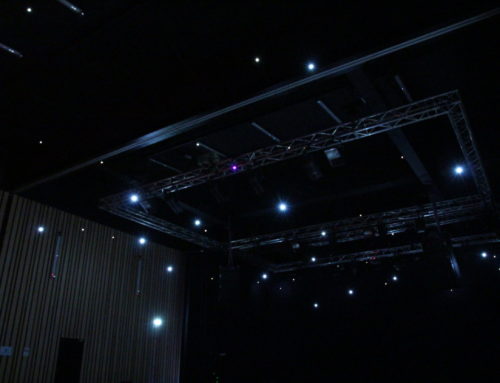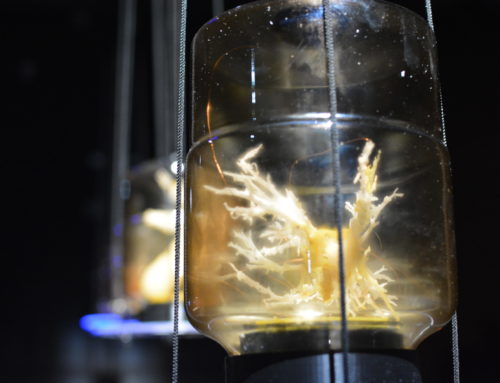ENAPOLIS
Enapolis is a piece of work that reports the artist’s critical and worried look at the current evolution of urbanism in the face of climate catastrophes. It is inspired by ‘building worlds’, in which it would be possible to spend an entire life, from the maternity ward to the mortuary, without ever leaving.
The project in brief:
Enapolis was inspired by the work of geonomist François Terrasson. In the 1980s he sought to answer the question: ‘Why does technological man destroy nature?’ ». His research, supported by dozens of collective experiences, led him to formulate a simple and clear answer to this question: ‘because he fears the wilderness’, a deep and largely unconscious fear. Man therefore logically protects himself from his fear by destroying its source. In Enapolis, we can literally measure the phenomenon. On the floor, the square of light highlights a concrete surface. The music (on headphones) is created from the sounds of jackhammers. With each sound impact, the equivalent of this area is artificially damaged in the world.
At the heart of the installation, two sculptures explore another way of protecting oneself from nature. They are inspired by recent ‘world building’ projects, in which it would be possible to spend a whole life, from the maternity ward to the mortuary, without ever leaving. For the designers, it is a question of perfectly controlling the environment of the inhabitants and envisaging a possible response today to the possible disaster that is coming. The irony of our species is that our fear leads us to make nature more and more threatening and thus to increase our impact and its potential consequences. A feedback loop that could generate others…
NB: This work is part of the cycle Demain c’est loin, it can be exhibited with the four other creations: Printemps Silencieux, Scintillements, Unedo, Sans faire de Vagues…
Credits
Artistic direction: Gaëtan Gromer
Technical director: Benoit Jester
Production : Les Ensembles 2.2
Co-production: L’Ososphère
Financial support : La Région Grand Est, le Centre National Cinématographique (CNC), Le Shadok
